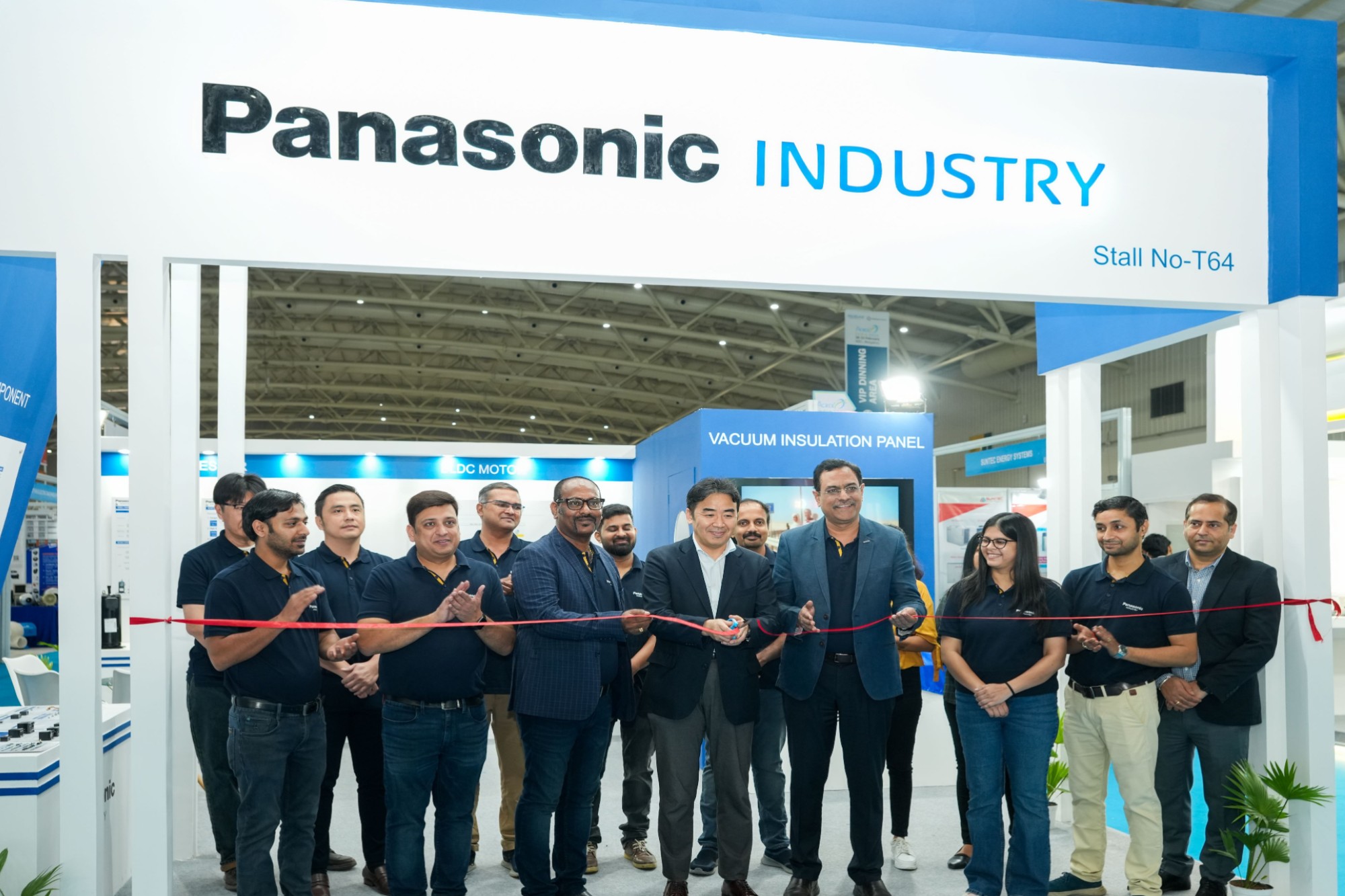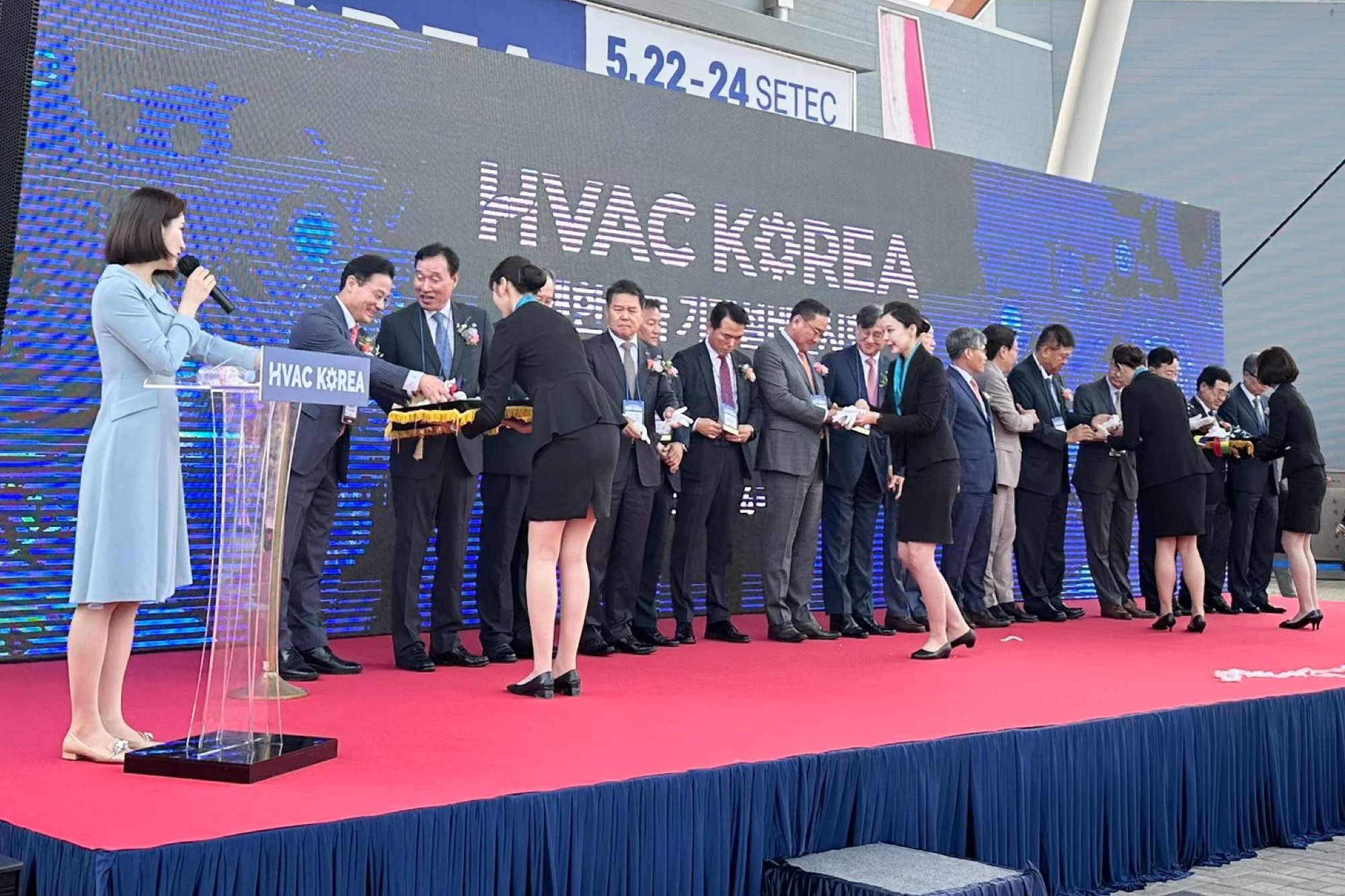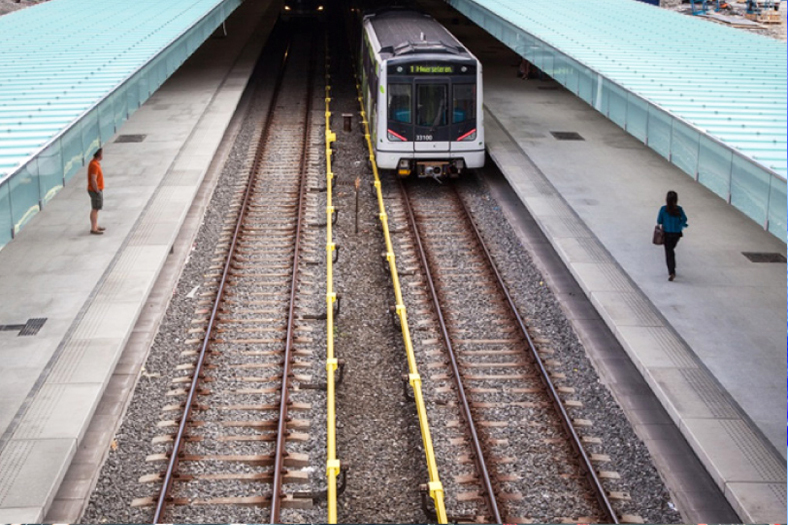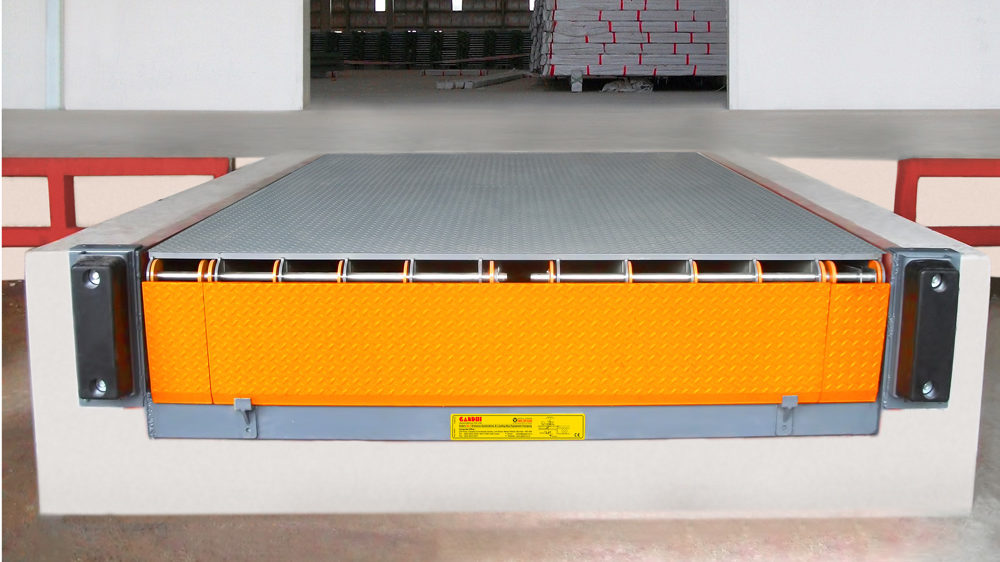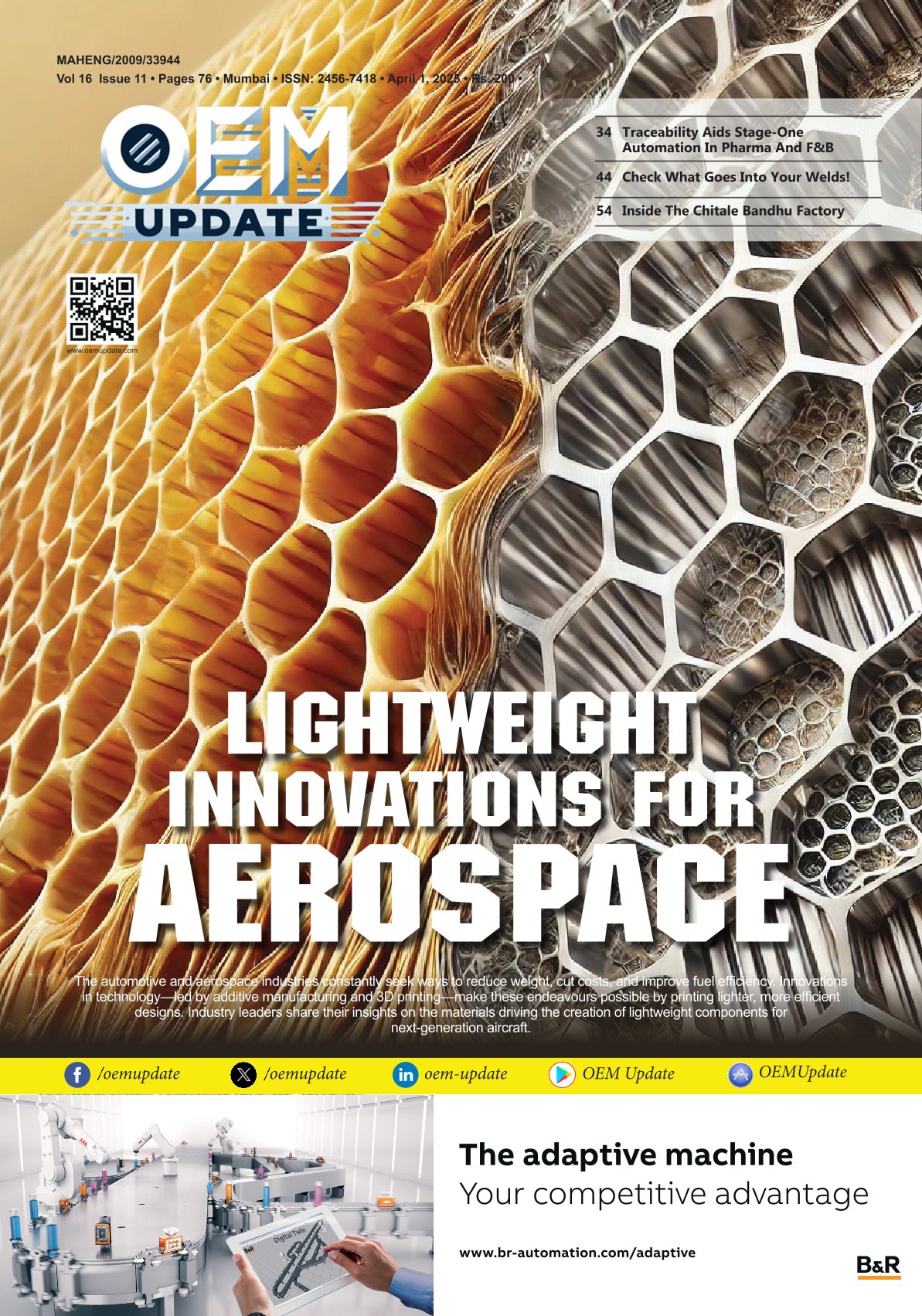Bright HVAC strategies for pharmaceutical facilities
By Staff Report February 11, 2025 7:02 pm IST
HVAC systems are essential for controlling airborne particles, dust, and microorganisms in rooms, maintaining room pressure, and maintaining space moisture and temperature. Rushikesh Jog, HVAC Design Engineer and Business Development at Proficient, emphasises the importance of efficient manufacturing in pharmaceutical facilities.
Heating, ventilation, and air-conditioning (HVAC) systems are required in pharmaceutical facilities to control airborne particles, dust, and microorganisms in rooms. Room pressure is also required to create differential pressures between different rooms and maintain space moisture and temperature for appropriate inside design conditions.
HVAC systems are important in pharmaceutical plants because they affect the ability of facilities to provide safe and effective products to the patient. Environmental control systems that are appropriately designed, built, commissioned, operated, and maintained to ensure the quality of products manufactured in a facility, improve reliability, and reduce initial costs and ongoing operating costs for a facility.
Ways to make HVAC systems in pharmaceutical facilities more efficient
Energy savings can be achieved by reducing the volumetric flow rate (V̇) of outdoor air (OA) by using dedicated outdoor air systems (DOAS) in combination with recirculation units for spaces in pharmaceutical facilities. For these spaces, V̇ of OA can be reduced during unoccupied periods, and V̇ can be varied based on the rate of occupancy and production. To enable this, the supply fan of the DOAS and the exhaust fan of these spaces must be capable of reducing their V̇, which is done by using a variable frequency drive (VFD) motor.
Negative pressure in pharmaceutical plants can lead to the infiltration of unconditioned OA, which changes temperature and humidity and increases contamination within the rooms. Hence, one way to control temperature, humidity, and contamination while operating DOAS is by effectively building pressurisation control.
Production rooms and cleanrooms should be properly insulated and sealed to minimise the transfer of sensible and latent heat and contaminants between adjacent rooms. This will result in stable control of parameters like temperature, humidity, pressure, and contamination.
For contamination control in cleanrooms of pharmaceutical facilities, air changes per hour (ACPH) is decided based on the contamination rate in the room, which in turn is also directly proportional to energy consumption. Hence, to save energy, measures such as isolating and removing high-concentration particles generated in the cleanroom and enhancing surface cleaning protocols to prevent surface particles from turning into airborne particles are for lowering ACPH. Also, newer techniques such as computational fluid dynamics (CFD) can be explored in cleanroom design analysis to predict the impact of room pressurisation (relative supply and return airflow rates) and particle generation rate on the cleanliness in a room. CFD analysis can be performed to optimise the location of supply air diffusers and return air grilles & operating parameters such as the velocity of air through the supply diffusers and ACPH required for the cleanroom.Proper insulation, sealing, and maintenance are essential for reducing energy losses in the ductwork. Also, maximising the length of straight ductwork and minimising the number of bends, i.e., duct fittings and the length of flex ducts, reduces pressure losses.
While performing dehumidification in pharmaceutical factories by supply air tempering, sensible heat can be recovered during “cold coil” dehumidification to offset wasteful reheat are condenser water in a water-cooled, chilled water system; hot refrigerant in a refrigeration system and another airstream or another location in the same airstream (using an air-to-air heat exchanger).
Face and bypass dampers should be located upstream of cooling and heating coils to bypass a portion of air flowing over the coils and reduce static pressure losses and HVAC loads.
Pharmaceutical cleanrooms must meet good manufacturing practice (GMP) regulations regarding temperature, humidity, pressurisation, particulate matter, and volatile organic solvents (VoX). In that case, modular chiller plants can be designed and integrated to control interior design conditions precisely. However, traditional chiller plants might be more suitable for pharmaceutical facilities requiring massive cooling capacity exceeding that of modular chiller plants.
The plant building should be adequately insulated to minimise HVAC loads caused by solar radiation. During the night or off hours, airflow, temperature, and humidity levels should be set back to save energy; however, they should be within the operating acceptance criteria. To minimise the ingress of unconditioned outdoor air, air curtains should be installed at the entrance and exit points of warehouses and thus maintain stable control of temperature and humidity, resulting in energy savings.
Cookie Consent
We use cookies to personalize your experience. By continuing to visit this website you agree to our Terms & Conditions, Privacy Policy and Cookie Policy.




